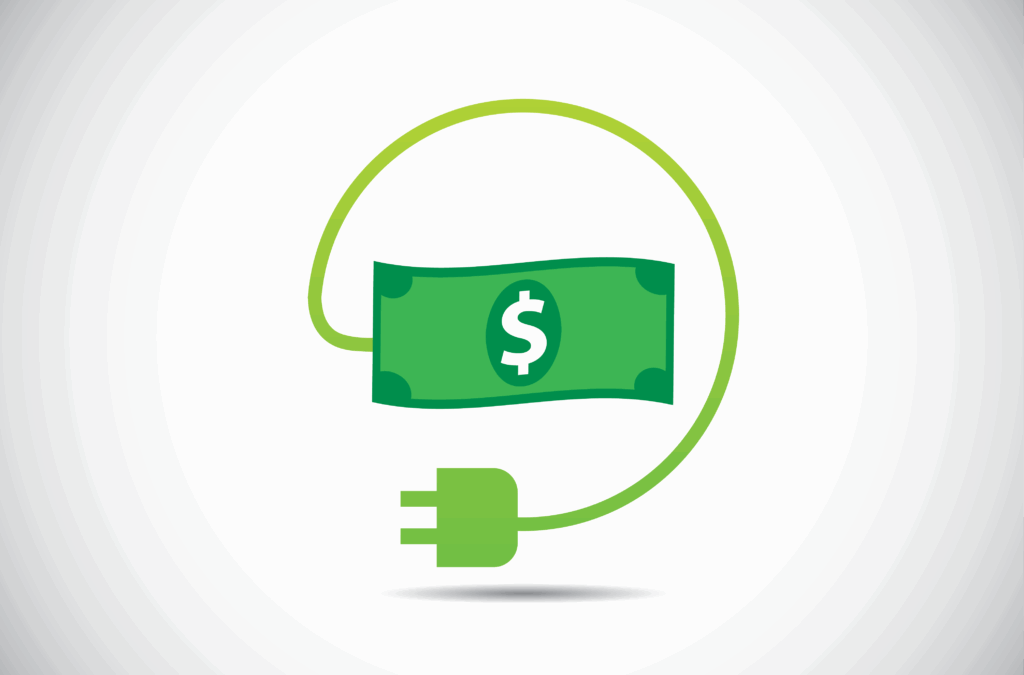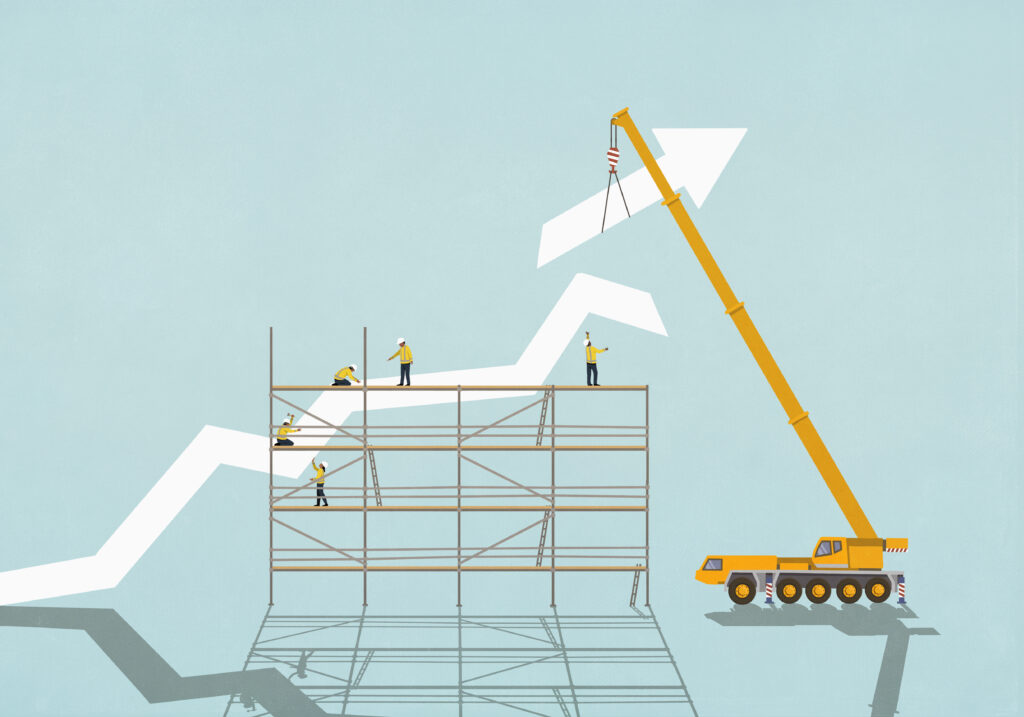
Climate Perils Persist

Underlying the remarkable growth of the catastrophe bond market in recent years is the same threat that gave rise to its arrival—unrelentingly fierce natural disasters.
In 2024 alone, 27 weather/climate events in the United States topped $1 billion in cost.
Worldwide, the frequency and severity of hurricanes, tornadoes, wildfires, severe convective storms, and other weather-related disasters resulted in $368 billion in economic losses that year. Had not capital market investors absorbed some costs of the most devastating catastrophes, global reinsurers would have struggled further to provide much-needed risk-bearing capacity to primary insurers. Unable to adequately spread the risk of loss in disaster-prone regions, prices for homeowners and business insurance would be far higher than they are today.
To grasp what lies ahead for the industry if devastating weather/climate events become more persistent, Leader’s Edge spoke with Scott St. George, head of weather and climate research at WTW. A physical scientist with a Ph.D. in geosciences from the University of Arizona, St. George models weather-related exposures for the insurance brokerage’s clients. As he wrote in the March 2025 issue of Nature, “Climate scientists are being drawn into the industry to model these risks. I’m one of them.”
The following Q&A has been edited for concision and clarity.
That’s a tough question. Climate scientists are good at saying there could be a lot of big storms coming up, but we’re not good at predicting where they will occur. The cat bond market may be dancing between the raindrops and not getting wet, the storms happening in places where the impact on the insurance industry is not that big.
Last year, for instance, every forecasting group under the sun was projecting there would be a lot of hurricanes in the North Atlantic, since the ocean was so hot. We did see Hurricane Milton, which was quite bad, but it missed Tampa. Hurricane Helene did so much damage in the Carolinas, but the impact on the industry was relatively modest (an estimated $10.5 billion to $17.5 billion in insured losses). The reason is that most people in that part of the country don’t have flood insurance.




